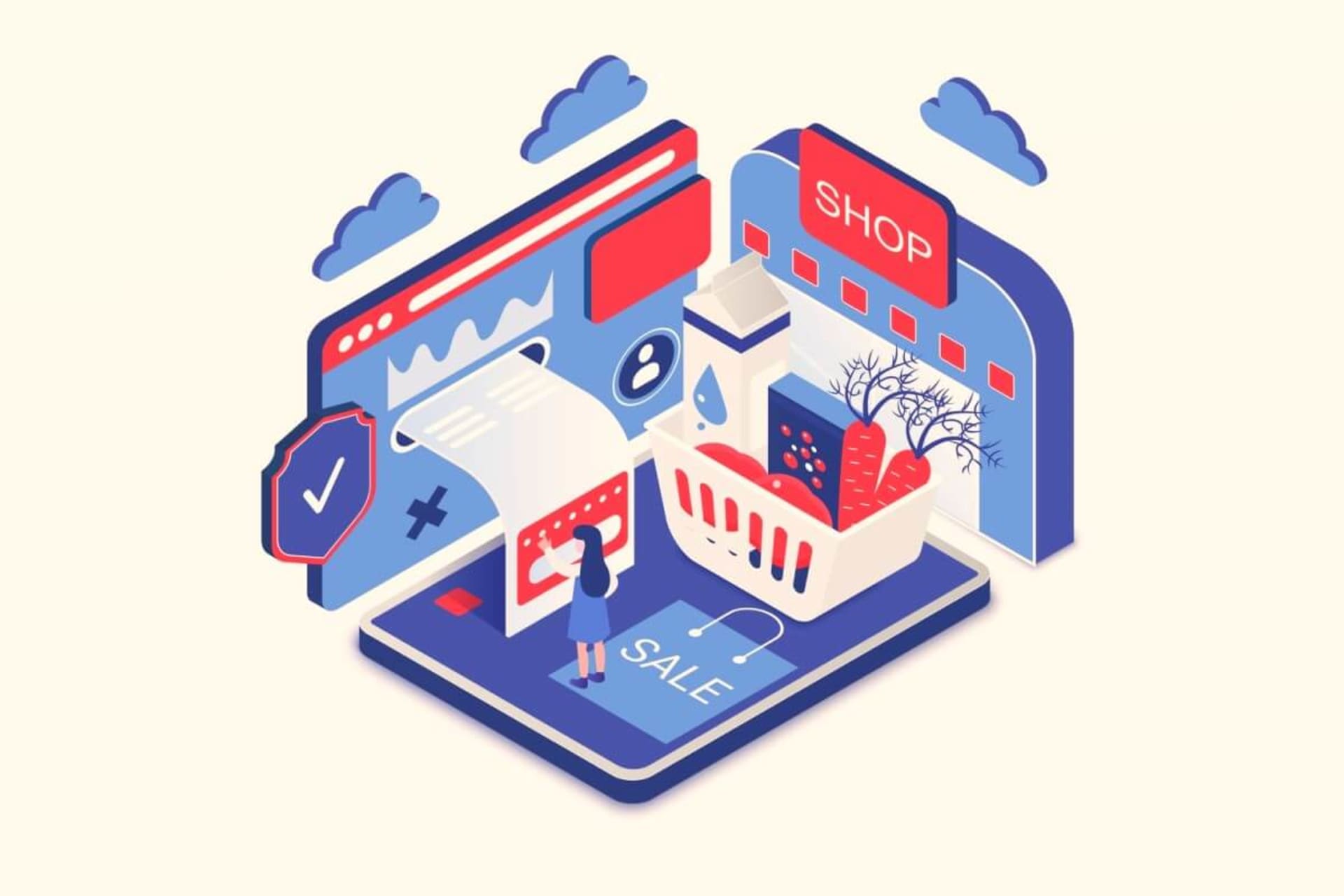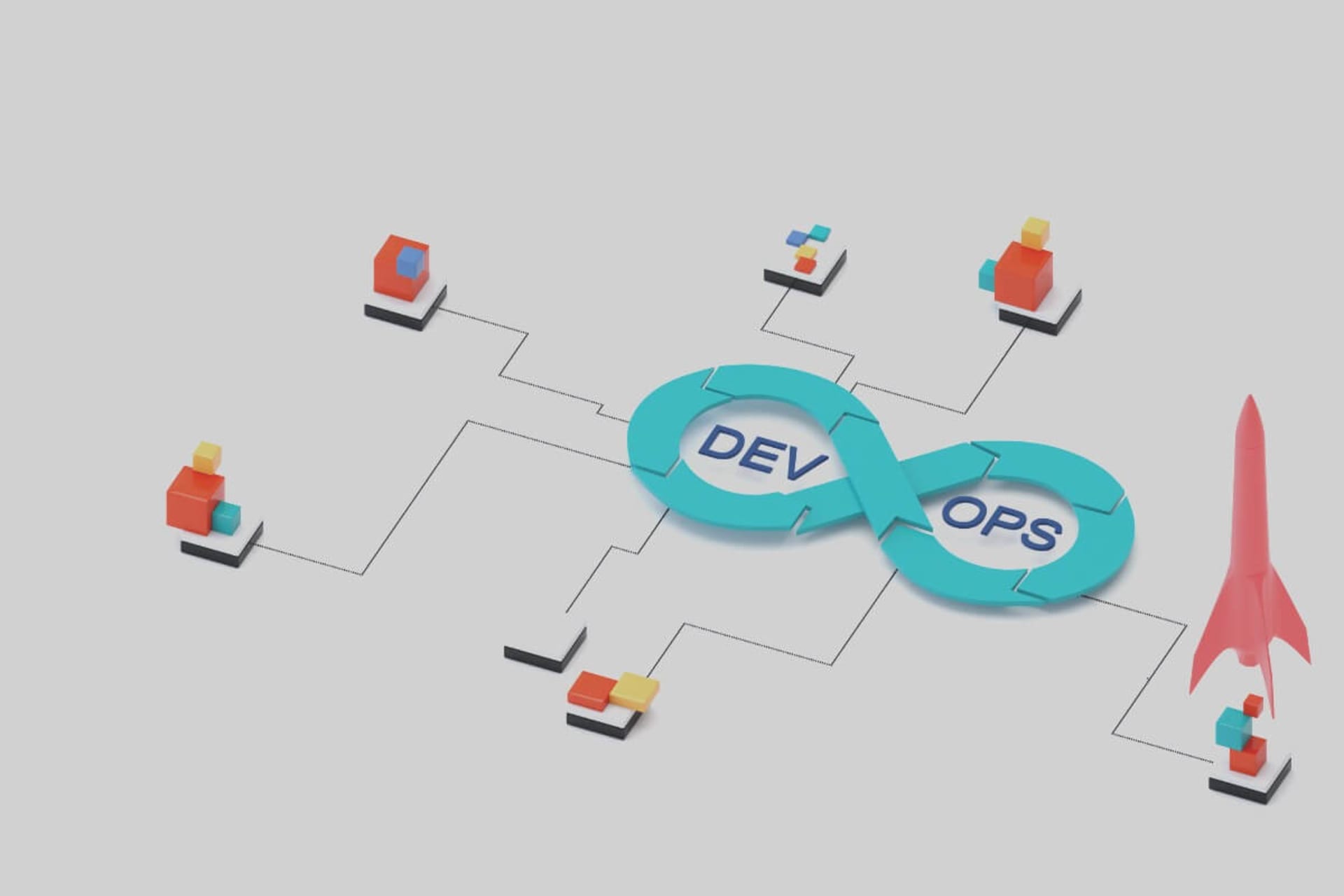Long wait times, confusing self-service options, unknowledgeable agents, and unsatisfactory responses are common complaints consumers articulate when it comes to call centers. These are just some of the reasons why 91% of consumers say they’ve experienced poor customer service in the past 6 months, as per a Replicant 2021 Contact Center Survey.
But what can businesses do about it? Today, many are turning to call center automation software to improve and streamline their customer service practices and procedures. In this day and age, software has proven critical in aiding consumer satisfaction.
Just what is call center automation? Automated call centers are used to provide phone support to teams and consumers alike. As you can probably imagine, these comprehensive tools eliminate the need for human involvement in a variety of business calls and streamline repetitive tasks. There are several different functions this technology provides. For example, the software facilitates:
- Automated greetings
- Call routing
- Agent guidance
- Automatic callbacks
- Customer authentication
Just some of the many benefits of call center automation software are:
- Increased productivity and efficiency
- Better resolutions to customer queries
- Shorter waiting times
- Improved workflows
- Better user experiences
- Reduced costs
- Increased employee satisfaction rates
The Use of Bots in Call Center Automation
Robotic process automation in call centers is a chief characteristic of the software. It leverages tools such as artificial intelligence (AI) to facilitate processes like:
- Customer identity authentication, including speech recognition and two-factor verification
- Self-service tools
- Resolutions to customer queries
- Automatic callbacks
- Automated agent guidance
- Automated call routing
- Interactive voice responses (IVR)
There is some fear that bots could automate call center jobs, thereby replacing the need for customer service agents altogether. While they do automate many aspects of these positions, this is usually beneficial to human representatives, as bots work alongside people to augment their work, rather than detracting from it.
For example, automation software can assist by guiding consumers through tedious, repetitive processes, such as looking up the status of orders. It can handle many aspects of calls and, should more complex issues arise, it can route calls to human representatives for further assistance.
Additionally, automation tools can provide agents with real-time guidance, ensuring, for instance, that they are adhering to legal rules and are remaining compliant.
Another benefit of using robotic features — particularly AI — in call centers is that consumers have access to 24/7 customer service. While human agents are only able to work a certain number of hours per day, virtual assistants offer round-the-clock service. Consumers can have their issues resolved at all hours of the day. For problems that do require human intervention, they can opt to receive automatic callbacks when the human representative returns to work.
Companies Using Call Center Automation Services
Call center automation software can benefit a huge range of industries and companies. You probably already have experience being at the other end of calls utilizing the tools from businesses of all sizes — your bank, your insurance company, your utility companies, your doctor, and so on.
Generally speaking, organizations that handle large volumes of calls regularly benefit from automated call center services.
Consider, for example, the healthcare sector. Patients may call their medical providers for any number of reasons, from checking the results of their tests to requesting prescription refills to asking for advice. An automated call center can route calls, provide information, and involve human personnel only when necessary. If there are long wait times to speak to a provider, you can opt to receive a callback when it’s your turn in line.
Other industries and sectors can take advantage of call center automation technology, too. Examples include:
- Automotive services
- Business process outsourcing
- Consulting
- Finance services and banking
- Government
- Hospitality
- Marketing and market research
- Nonprofit
- Retail
- Telecommunication
- Telemarketing
- Travel and tourism
Data Analysis and Modeling in Automated Call Centers
When you bring software into any process, you usually gain yet another benefit — you’ll generate enormous amounts of data. Big data, as this field is called, can be accessed and analyzed in myriad ways to improve your business. Automated call center analysis and modeling are practices you should certainly employ.
For example, a call center automation software will let you track critical metrics and key performance indicators through comprehensive reports and dashboards to see whether you’re meeting your objectives. You can assess the overall performance of your call centers and agents and address problems quickly.
You’ll also be able to view critical insights and information, such as how long calls are taking, gaps in coverage, whether consumers are satisfied with the outcomes, wait times, agent idle times, transfer rates, costs, sales conversions, total profit and loss, and much more.
Based on the data analysis businesses and their data professionals conduct, they can make strides to improve their services, particularly as they relate to customer service. They can, for instance, coach agents on performance, devise plans to personalize and customize user experiences, and eliminate inter-departmental silos — all of which lead to a better ROI.
Next Steps in Call Service Automation
Businesses have plenty of choices when it comes to call center automation companies — Aircall, CloudTalk, Hubspot, LiveAgent, TalkDesk, Twilio Flex, and Zendesk Talk, to name just a few. Organizations dealing with high volumes of calls and/or particularly complex services also have the option of working with a software outsourcing company to build customized call center software to meet their unique needs.
By capitalizing on the latest call center automation trends as part of an overarching, multi-channel customer service strategy, organizations of many types can improve their customer satisfaction and enhance the support they provide. This, ultimately, means a stronger brand, a better reputation, and a more profitable business.






